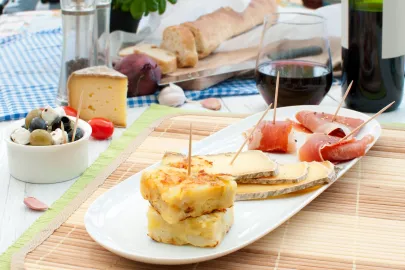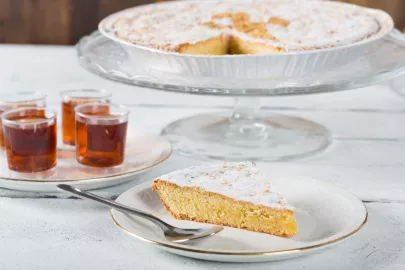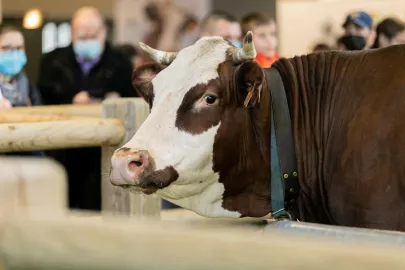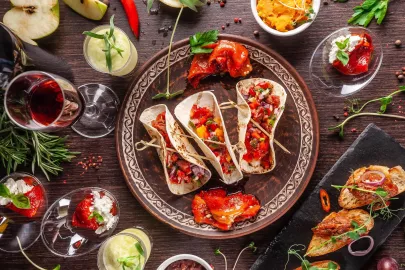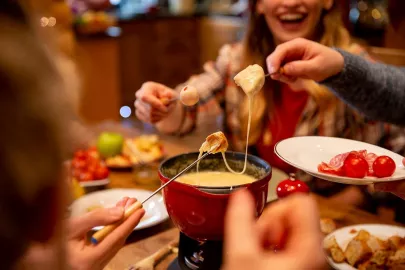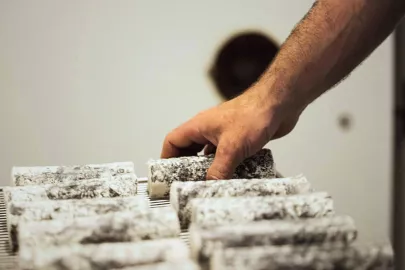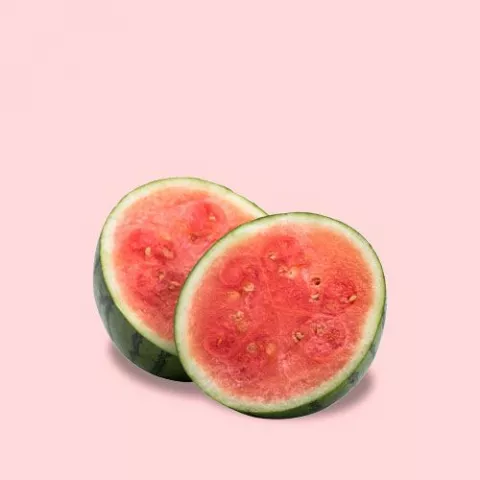In the canon of world cuisines, French cooking holds a special place among food lovers everywhere. But as popular as it has been historically, it was falling out of favor and needed a reboot. Here's what to know about the exciting bistro and brasserie revival.
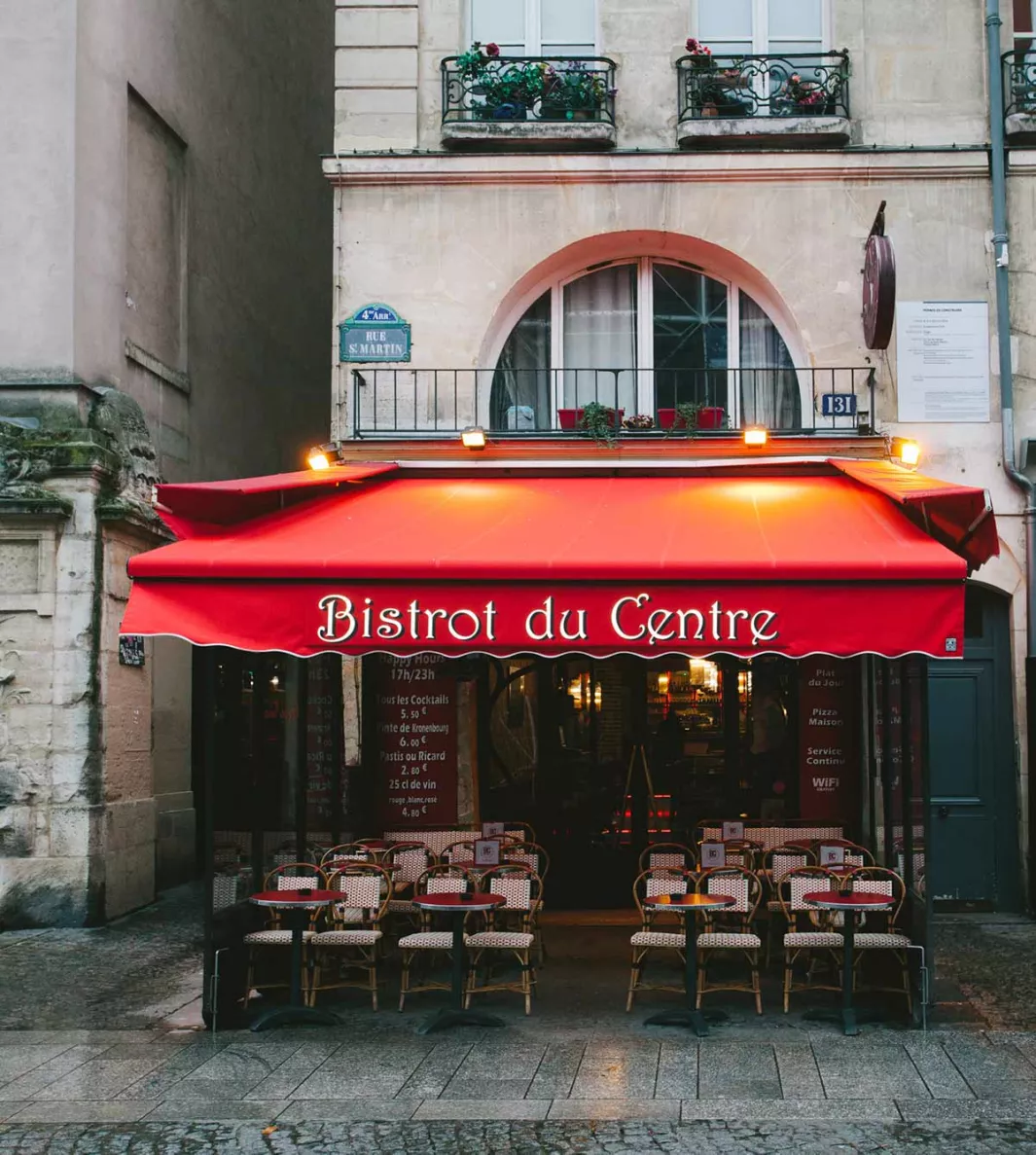
Close your eyes and imagine a dish served in Paris, Lyon, or Bordeaux, and it's likely to be familiar. Comforting slow-cooked stews such as beef bourguignon or veal blanquette, cheese soufflés, steak-frites, or crispy roasted chicken with a creamy potato purée with chocolate mousse to finish--all fundamentals of the bistro and brasserie -- might certainly come to mind. And while they have been fixtures of the French food world for generations, both the dishes and the dining format that have brought them to life had fallen out of favor with locals
Changing Tastes
Classic French cooking was always meant to be eminently accessible and appeal to a broad dining population, served up in environments big on nostalgia and bustling energy. But in the last decade, with changing tastes and trends, global food movements, and an ever-pressing hunger for novelty, the culinary pendulum in France began swinging more modern and international. Young chefs everywhere between Paris and Marseille were drawing influence from around the world and demonstrating through creative cooking that France could compete with rising food capitals around the world.
With uncompromising dedication to quality, high technical skill, and access to France's unmatched bounty of top-shelf produce and ingredients, these chefs inspired a culinary revolution called bistronomy -- casual, gastro-minded cooking with affordable prices. Add in the proliferation of Asian canteens, vegan street food joints, Mediterannean cafés, and Italian trattorias, and suddenly the dining landscape across the country was both dynamic and competitive.
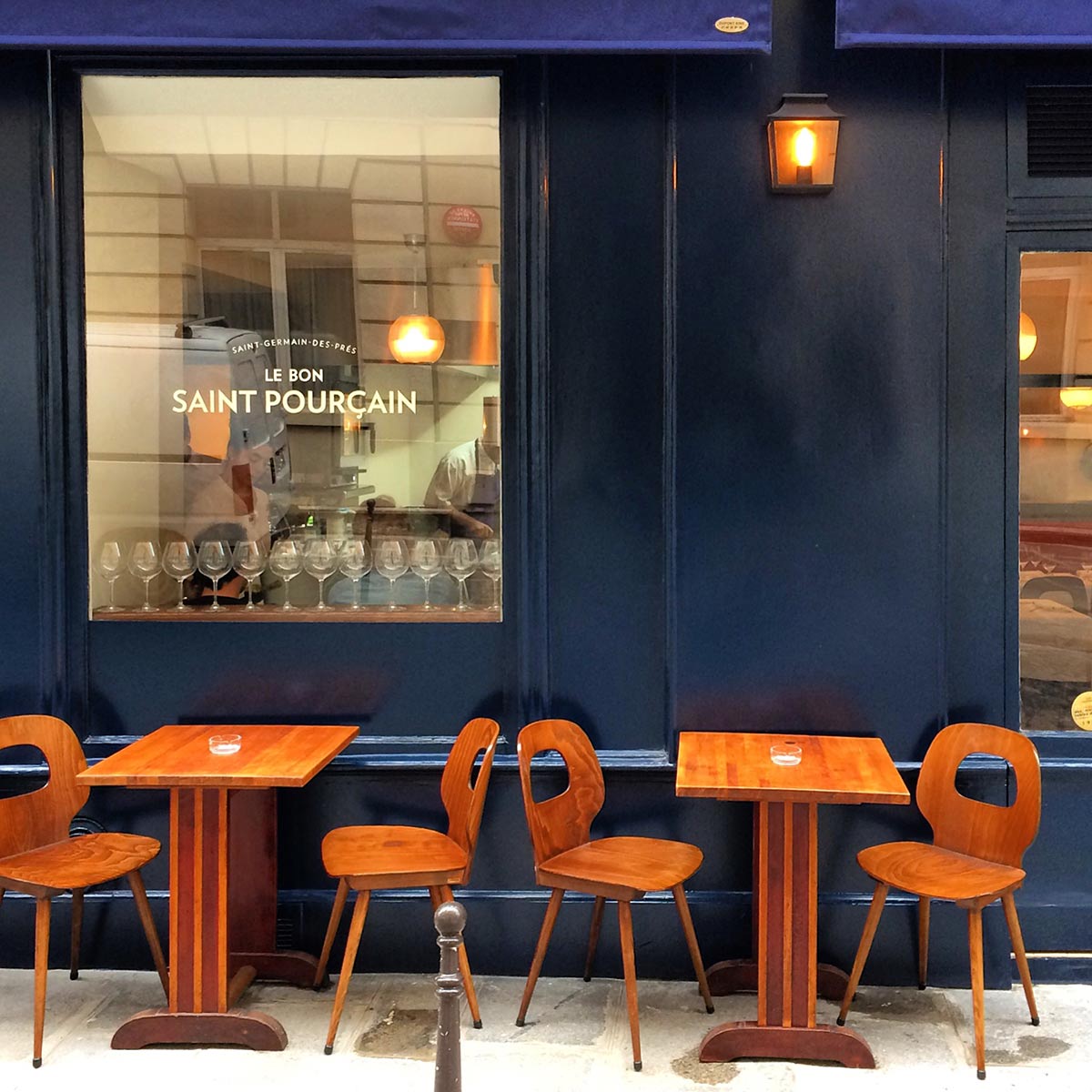
Heritage Revival
As varied as the food offering may be now, there is always a reverence for establishments that honor the past and preserve cultural tradition. After years of leaning toward more modern cooking, local tastes clamored for the comfort of familiarity. "If the world continues to write and talk about French fare, there's a reason," said American-born, French-trained chef Daniel Rose when he opened his own updated take on the Parisian bistro, La Bourse et La Vie, in 2015. "It's because it is good! It just needed to be refreshed."
Today, the bistro remains an unpretentious restaurant with a short menu of market-driven dishes while the brasserie (originally an establishment that served beer-- the word translates to brewery) is back to drawing diners for its heartier options, massive dining rooms and broad terraces, and non-stop service.
Part of refreshing both experiences has meant breathing new life into design schemes and recipes. Some restaurants, such as La Hache in Strasbourg and Brasserie Bellanger in Paris, opt for colorful interiors, high-design menus and napkins, funky signage, sleek marble countertops, and modern, ceramic dishware. Others, like Poule au Pot in Paris and L'Epi-Curieux in Le Mans nod playfully to a bygone area, preserving original details like Belle Epoque ceramic wall tiles, mosaic floors, worn leather banquettes, and even antique tableware.
And the dishes themselves? Some have been given new twists, such as replacing white rice in a Blanquette de Veau with black Venere rice or playing with fruits such as Japanese Yuzu lemon, Morello cherry, or passionfruit for an update on the classic soufflé; others integrate forgotten vegetables (Jerusalem artichokes, salsify, parnsip and rutabaga) and a host of East Asian and Indian spices. Key to the reboot, however, has been an emphasis on sourcing the best possible ingredients, allowing chefs to put the spotlight on the hardworking butchers, cheesemongers, and bakers who are helping to elevate the experience.
Whichever style diners ultimately prefer, the French spirit of yesteryear has a permanent place in the food world. Ready to give it a try?
Colaborador

Editor


